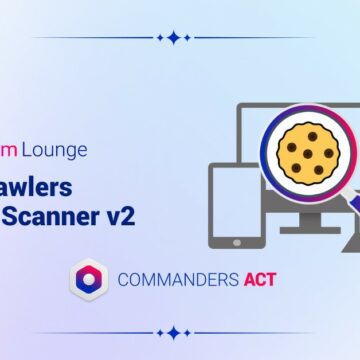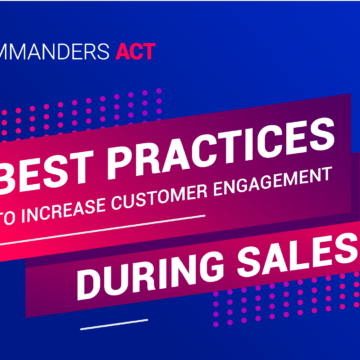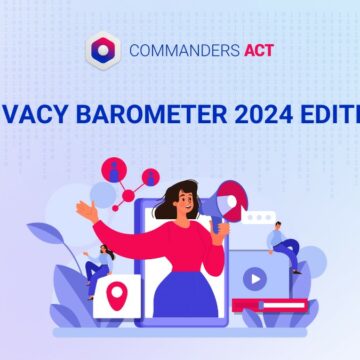Personalisation: a key use case for the CDP
13/04/2021 |

What role can the CDP play in leading marketing towards greater maturity?
Let’s be honest, the learning curve with digital activation is a tacit one. It is an unwritten rule that defines which steps need to be taken. In this particular model, the use of a CDP seems to occupy the top rung of the ladder. To reach the top, marketers must first start working on segmenting their email databases and then running A/B tests before actually getting to grips with personalisation. This approach paves the way to programmatic advertising and finally deployment of a CDP.
Although some of the steps make perfect sense (for example, segmenting emails is a fundamental part of the process), others raise question marks, especially those concerning the CDP.
CDP and personalisation: back to basics
The first question is what does a CDP do? Unifying data, and that means all data, such as the personal data logged in the CRM and the often anonymous data generated by all the interactions over the digital channels (websites, apps, emails, advertising campaigns, and so on), i.e. the famous hot and cold data mentioned earlier in this white paper, without which marketers cannot segment their audiences, whether manually (using predefined criteria) or automatically (relying on AI to identify the segments). Generally speaking, a CDP is designed to reconcile data about people, and not just their devices.
The second question is what are the main use cases for a CDP? Not just the use cases designed by Commanders Act, but also those implemented by our customers using rival solutions. To cut a long story short, let’s just say that these use cases respond to the signals detected across every channel, whether signals indicating a potential purchase or signals foreshadowing visitor inactivity or attrition. Activating customers with an intent to purchase and screening out high-risk customers are just some of the scenarios that can quickly put the CDP through its paces and generate quick wins.
These scenarios have one thing in common, namely that they are activated by customers who have hit a performance plateau with their CRM. In other words, the CDP provides the data that the CRM needs to bring greater context to the activations and raise the efficiency bar on the customer’s marketing actions. That is why we believe relegating the CDP to the last step in the marketing evolution could be a misunderstanding. The CDP is not an end in itself. It is a means or a performance driver that can be coupled with a CRM to help create a personalised experience throughout the customer journey.
Why CDPs and personalisation solutions complement one another
Due to the very nature of a CDP platform, personalisation represents one of its main use cases. The CDP’s ability to aggregate, process and unify data to subsequently create segments means that it naturally comes before a personalisation solution.
Combining the Commanders Act CDP and a personalisation solution alone illustrates this “natural” extension. The segments created in Commanders Act are generated in Kameleoon in real time, where they can be associated with a wide range of personalisation actions. Since the CDP aggregates data from the CRM as well as data from the digital touchpoints, it gives the personalisation platform a playground that is highly conducive to converting customers.











